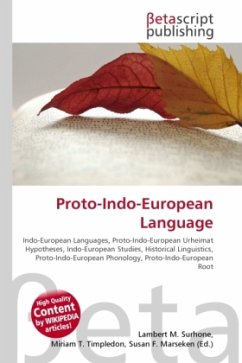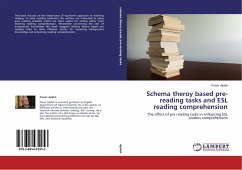Please note that the content of this book primarily consists of articles available from Wikipedia or other free sources online. Pre-Indo-European means "preceding an indoeuropean language".The Indo-European languages are a family (or phylum) of several hundred related languages and dialects, including most major languages of Europe, Iran, and India, and historically also predominant in Anatolia and Central Asia. Attested since the Bronze Age, in the form of Mycenaean Greek and Anatolian languages, the Indo-European family is significant to the field of historical linguistics as possessing the longest recorded history after the Afroasiatic family.The languages of the Indo-European group are spoken by approximately three billion native speakers, the largest number for recognised languages families. Of the top 20 contemporary languages in terms of native speakers according to SIL Ethnologue, 12 are Indo-European: Spanish, English, Hindi, Portuguese, Bengali, Russian, German, Marathi, French, Italian, Punjabi and Urdu, accounting for over 1.6 billion native speakers.
Bitte wählen Sie Ihr Anliegen aus.
Rechnungen
Retourenschein anfordern
Bestellstatus
Storno








